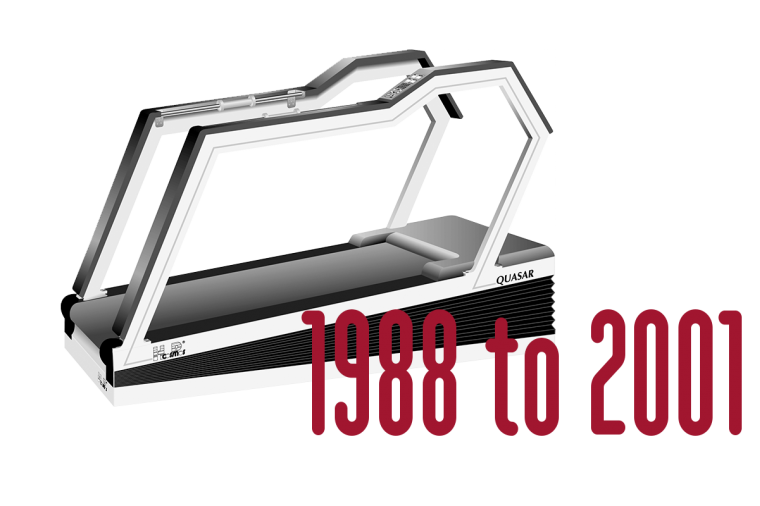What points are to be monitored not only by the manufacturer and the service technician, but especially also by the operator when the manufactured defined lifetime of the medical device has been reached or exceeded.
Here we have asked the law firm Dr. Volker Lücker, which specialises in medical device law, to prepare a statement on the lifetime of a medical device with regard to the regulatory requirements for medical devices and liability risks.
Example: In the case of h/p/cosmos, the intended lifespan of the treadmills, based on the information in the instructions for use, is between 10 and maximum 20 years for normal use, provided that all electrical parts and components are replaced after 10 years. For details, see the respective instruction manuals for the devices.
In order to intensify the flow of information to customers and operators and to better inform operators, we will integrate information into the protocols for the safety inspections in the form of a "disclaimer" and harmonise the relevant procedures from around the second half of 2021.
ln summary, it can be stated that the manufacturer’s statement of the expected lifetime of a medical device does not represent a legally binding time limit on the possibility of using and operating a medical device. However, the general duty of core of the user and operator triggers on increased obligation for the user and operator to observe the device with regard to its functionality and proper condition if the expected lifetime specified by the manufacturer is exceeded. ln addition, it must be determined by the user or operator, taking into account their risk-benefit assessment, whether the device still currently meets the safety requirements and cannot create a hazard for the user, patient or third party that would go beyond o level thot con no longer be justified. Corresponding maintenance, tests and safety checks may have to be carried out more closely by operators on the basis of a risk analysis after the statistical lifetime has been exceeded. ln this context, the device specific characteristics must also be taken into account, such as age-related insulation damage, which cannot be easily defected in advance and con thus lead to a hazard for the user, patient or third parties. lf the operator or user has a well-founded suspicion that the safety of a person using the device appears to be endangered beyond the generally acceptable level, the medical device may no longer be operated and used.

